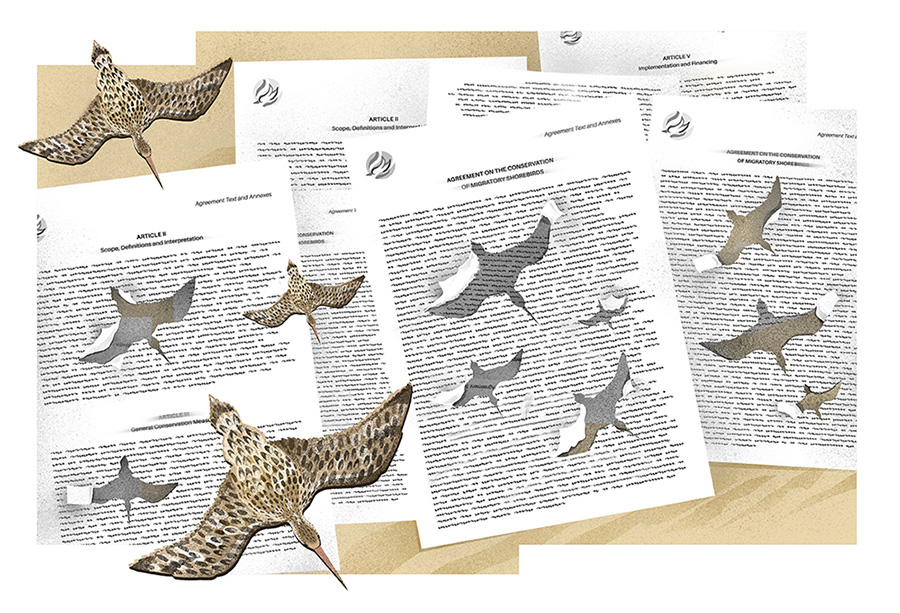People in the Global North often envision big, charismatic mammals—like lions, rhinos, or elephants—only belonging to countries in the Global South, such as in parts of Africa. But if you stepped into a time machine set for 10,000 to 50,000 years ago—a blink of an eye, evolutionarily speaking—you would find these animals, and many more, in parts of Europe and North America. Traditional conservation typically chooses to look back only 500 years ago as a reference point for understanding where plants and animals belong—the same time period Western Europeans began colonising and documenting environments globally. But with our biodiversity crisis severely worsening, a global deep-time perspective broadens our understanding of where big mammals also naturally belong, opening opportunities for big mammal restoration far beyond just the Global South.
If we think about environmental restoration as a global effort, having big mammals belonging only to countries in the Global South holds ethical and political baggage. People living in these frequently poorer countries are expected to coexist and tolerate conflicts with big mammals in their own backyards, all while facing social and economic precarities that far exceed those of the Global North. The Global North does indeed send significant financial support to the Global South for conservation, restoration, and human-animal coexistence. Yet still, big mammal protection and restoration remains dangerously underfunded. All of this creates an unfair restoration burden that holds poorer countries ultimately responsible for large mammal populations. But this unfair burden—anchored in the idea that large mammal restoration can only happen in the Global South—is being rethought.

To explore the relationships between where big mammals were in the deep past to present day disparities between the Global North and South, Sophie Monsarrat and Jens-Christian Svenning from the Center for Biodiversity Dynamics in a Changing World, Aarhus University, created four maps of the globe. These maps show where large mammal restoration is distributed today compared to where this restoration burden would be if a reference point of 500, 6,000, or 10,000-50,000 years ago is used instead. They then overlaid these maps with three types of global data by country: financial abilities to support restoration; human development, such as education levels and life expectancy; and governance indicators, such as stability and corruption. Comparing these four maps gave them very interesting results. First, using a reference point of 500 years ago for where big mammals belong concentrates restoration for these animals in the Global South. Second, there is enormous potential for wealthier countries in the Global North to support big mammal restoration back home. According to Monsarrat, “on a global scale, there is an unfair restoration burden happening, and these maps show the hypocrisy taking place”.
Overall, Monsarrat and Svenning’s study tells us that where big mammal restoration happens is a consequence of what reference point in time is arbitrarily chosen, carrying with it ethical and political implications. Choosing a reference point of just 500 years ago removes responsibility from countries in the Global North and places a hefty restoration burden on countries in the Global South and the people who live there. The UN has called 2021–2030 the decade for ecosystem restoration, and one-sided responsibilities need addressing now for the decade’s success. In terms of big mammal restoration, wealthier countries in the Global North need to strengthen efforts in the Global South—and also take responsibility for restoring and rewilding big mammals in their own backyards. Anything less will only continue an unfair and unjust restoration burden.
Further Reading
Monsarrat, S. and J.-C. Svenning. 2021. Using recent baselines as benchmarks for megafauna restoration places an unfair burden on the Global South. Ecography. https://doi.org/10.1111/ecog.05795






